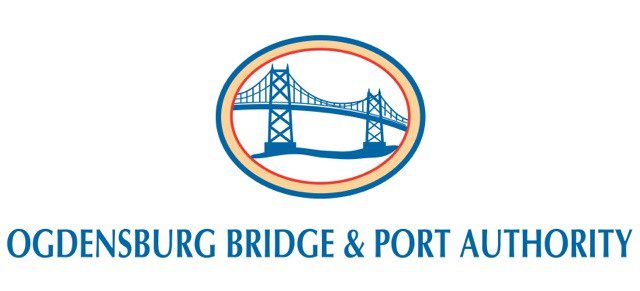
What are Foreign Trade Zones?
Foreign or “free” trade zones are secured areas legally outside a nation’s customs territory. Their purpose is to attract and promote international trade and commerce.
Although free trade is an ancient concept, free trade zones did not develop until the 19th century. The success of free trade zones in northern Europe, notably the “free port” of Rootterdam, stimulated American interest which culminated in the passage of the Foreign Trade Zones Act of 1934.
Zones are operated as public utilities by states, political subdivisions, or corporations chartered for the purpose.
Usually, they are located in or near customs ports of entry, at industrial parks, or terminal warehouse facilities.
What May be Placed in Them?
Any foreign or domestic merchandise not prohibited by law, whether dutiable or not, may be taken into a foreign trade zone.
Merchandise which lawfully cannot be imported into the United States is prohibited without exception. Since foreign merchandise is considered imported by the time it is taken into a zone, a quota on importation cannot be merchandise in a zone.
Merchandise which lawfully cannot be entered into the customs territory may be placed in a foreign trade zone, because zones are considered outside customs territory.
The Foreign Trade Zone Board may exclude from a zone any merchandise that in its judgement is detrimental to the public interest, health, or safety. The Board ensures that foreign trade zones are not used to vitiate other trade laws of the United States.
Advantages of Using a Foreign Trade Zone
- Indefinite storage to await favorable marketing conditions, without being subject to import quotas.
- Opportunity to test merchandise and to destroy, return, or repair substandard goods and thus import duties.
- Manufacture goods within the zone, leaving waste behind, and paying duty only on a saleable product.
- Savings on duty payments due to evaporations, scrap, seepage, shrinkage, or other accountable loss since duty paid is based on most recent weight of the material.
- Assembling and/or combining domestic and imported materials or components to lower import duties payable and obtain an edge in American market.
- Use Foreign Trade Zone marketing services including international trademarks, display areas, and showrooms.
- Indefinite and duty-free exhibition of goods in the zone.
- Retention of more operation capital – duty is not paid until the product is sold or removed from the zone.
- Avoidance of fines assessed on improperly marked goods reaching Customs territory. Users may withdraw a sample to determine how to comply with U.S. standards before entry into U.S. Customs territory.
- Money is not tied up in drawbacks, since import duties are avoided on imported goods to be re-exported to foreign markets.
- Premiums on insurance payments are based only upon the value of goods insured plus freight (nut excludes duties and taxes) which allows for insurance savings.
Merchandise Entering a Foreign Trade Zone Can Be . . .
- Cleaned
- Mixed
- Sampled
- Destroyed
- Processed
- Sold
- Displayed
- Re-Exported
- Sorted
- Distributed
- Repackaged
- Stored
- Labeled
- Repaired
- Tested
- Manufactured
- Salvaged
- Graded
Nine Reasons Why Foreign Trade Zone 118 is Right for You!
- Location!
Adjacent to the approach to the Ogdensburg-Prescott International Bridge. - Location!
Close proximity to major Canadian and U.S. highways. - Location!
In Commerce Park, a well landscaped and modern industrial park. - Location!
The park is fully operational with roads and utilities in place. - Location!
Commerce Parks is less than 2,000 feet from the United States Customs Inspection Station. - Location!
Near the Ogdensburg Bridge & Port Authority offices, minimizing control problems. - Location!
Rail is available to park occupants via a team track. - Location!
A deepwater St. Lawrence Seaway port. The Port of Ogdensburg is only 2.5 miles away. - Location!
The Ogdensburg International Airport (OGS) is only 3.34 miles from the zone.
From Ogdensburg to:
- Ottawa: 56 miles, 90 km
- Montreal: 120 miles, 190 km
- Cornwall: 45 miles, 72 km
- Kingston: 60 miles, 100 km
U.S. Customs Port of Entry
Full Customs Service Available
Foreign Trade Zone Qualified
Full Service Airport
For additional information, contact:
Anthony Adamczyk, Director of Economic Development
Email: aadamczyk@ogdensport.com
Cell: 315-323-0996
Office: 315-393-4080 xt. 244
Karin Blackburn, Senior Administrative Assistant
Email: kblackburn@ogdensport.com
Phone: 315-393-4080 xt. 221
